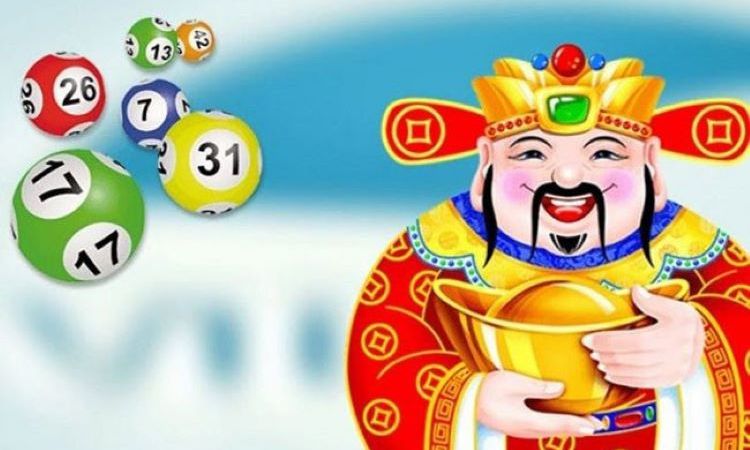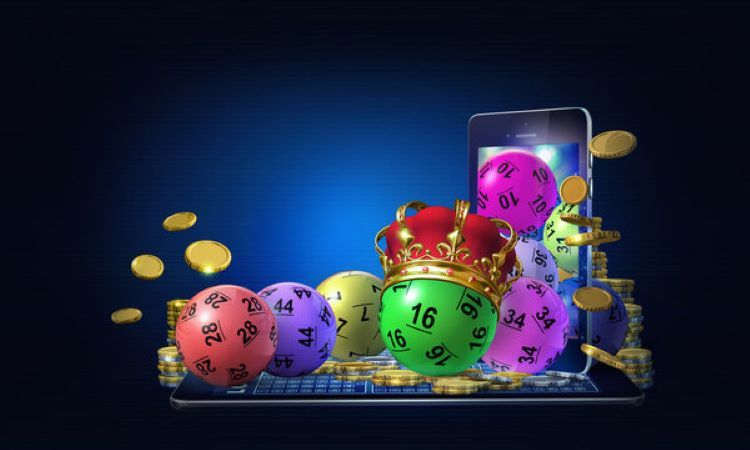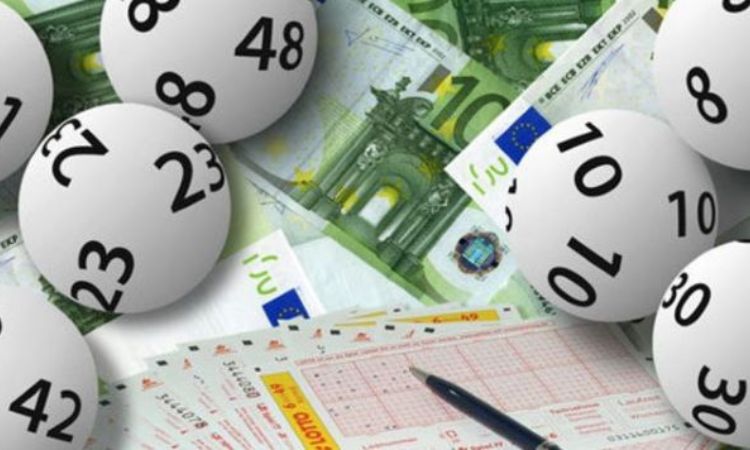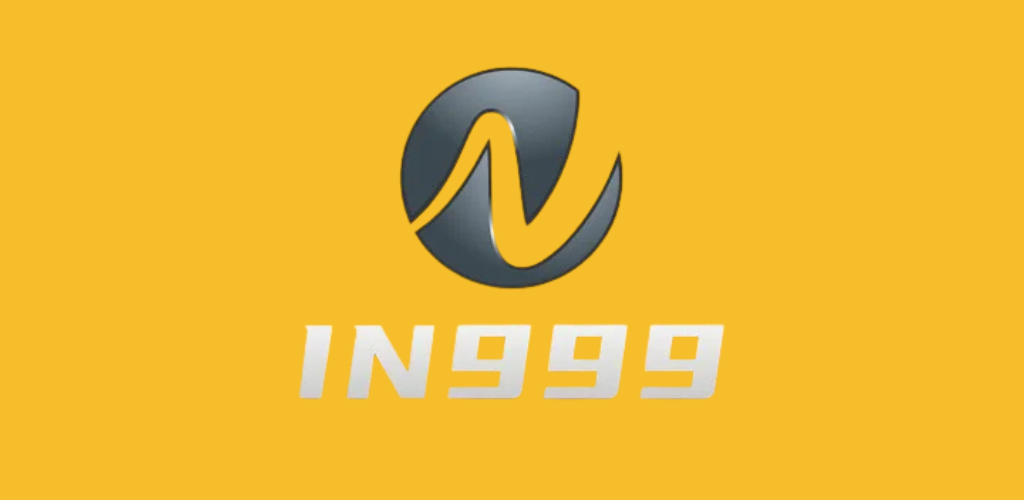“To follow the bridge or not to follow the bridge?” – the classic question that makes many players have a headache when entering the world of bridge prediction. While some people believe that sticking to flat bridges, 1-1 bridges, 2-2 bridges… can bring advantages, others think that all bridges are just random. So what is the right perspective? In 999 will dissect with you in detail the common bridge types and provide in-depth analysis so that you can confidently make a decision.
1. What is a bridge in bridge prediction?
Bridge is a term that refers to a series of lottery results with a repeating pattern, from which players use to predict the next result. “Following the bridge” means believing that the pattern will continue. On the contrary, “not following the bridge” is an action that goes against the ongoing pattern – predicting a reversal.

2. What is a flat bridge?
A flat bridge is a phenomenon in which a result (such as even or odd, red or black) repeats many times in a row. For example: even-even-even-even…
Advantages of following a flat bridge: Stable mentality, easy to win if caught at the right time.
Risk: No one can be sure how long the flat bridge will last. If the bridge breaks, the follower will lose a lot.
When to follow?
When the bridge has appeared at least 3 times and you have a lot of capital to pursue.
3. What is a 1-1 bridge?
A 1-1 bridge is a red-black-red-black model, or in other words, alternating each beat. This is one of the easy-to-recognize bridge types and is applied by many people.
Advantages: Easy to detect, high correct rate in the short term.
Disadvantages: If you enter too late, it is easy to get stuck with a broken bridge.
Suggested strategy: You should wait for confirmation of at least 3 cycles before entering money according to the model.

4. What is a 2-2 bridge?
A 2-2 bridge is a series of results in pairs: for example red-red, black-black, red-red…
Analysis: This type of bridge often appears in short cycles, easily confused with a 1-1 bridge if not observed carefully.
Strategy: Only follow when you see at least 2 consecutive pairs. You should stop when the bridge lasts more than 3 cycles.
5. What is a broken bridge?
A broken bridge is when the series of results no longer follows the old rules, a reversal appears. This is a dangerous time if you are following the bridge.
Common psychology: “This bridge is long, there will probably be more” – but in reality, the bridge can break at any time.
How to handle: You need to set a specific stop loss point. Do not try to follow it to the end if the bridge shows signs of abnormality.

6. Should you follow the demand or not?
This is the core question. The answer depends on:
Player experience: New players should observe instead of rushing to follow.
Financial capacity: If you have little capital, you should not try to follow the long demand.
Model confirmation level: Only follow when the demand has clearly formed, with statistical basis.
Expert opinion from In 999:
See the demand as a support tool, not the “truth”. No model guarantees 100% victory. Flexibly analyzing and combining many factors such as market psychology and statistical probability will help you optimize your chances of winning.
7. Common mistakes when following the demand
Blindly following the demand without verification: Leads to capital loss.
Increasing money indiscriminately when losing: Easily burning the account.
Ignoring the signs of a broken demand: Not stopping in time.
Advice from In 999: Set a financial plan, limit your bets, and most importantly – know when to stop.
“To follow the demand or not to follow the demand?” should not be a black and white question. Each type of demand has its own advantages and disadvantages. The important thing is that players need to clearly understand the nature of each type of demand, understand how probability works, maintain a stable mentality and manage capital reasonably.
Whether you choose to follow the flat demand, 1-1 demand, 2-2 demand or decide to go against the crowd, always remember that every strategy needs to be evaluated objectively and disciplined. In 999 hopes that this article helps you better understand each demand model and make the right choice for your playing style. Wish you always be alert, have a clear strategy and optimize the results when looking at the demand.
See more:
